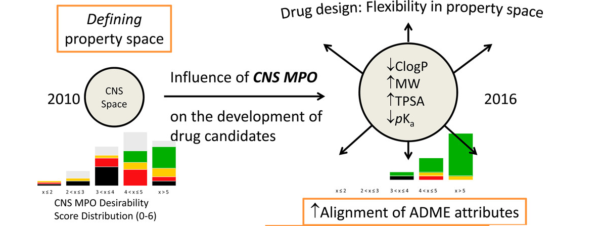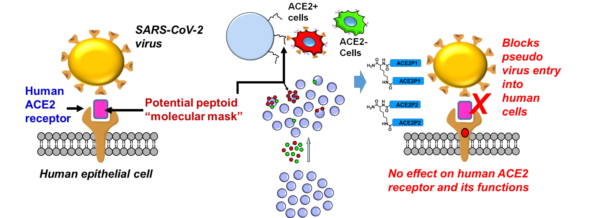Abstract:
Protein-protein interactions (PPIs) are vital for the regulation of cellular processes, and their dysregulation is implicated in various diseases. The Src Homology 2 (SH2) domain is a well-characterized PPI module that plays a crucial role in signal transduction networks. The development of small molecule compounds that specifically target the SH2 domain has emerged as a promising strategy for therapeutic intervention. This article provides an overview of the SH2 Library, its design principles, screening strategies, and therapeutic potential in the context of PPI-based drug discovery.
Introduction:
The SH2 Library represents a collection of small molecules designed to selectively interact with the Src Homology 2 (SH2) domain of proteins. The SH2 domain is a conserved modular protein domain that recognizes and binds to specific phosphorylated tyrosine residues in target proteins. This interaction is critical for the transmission and modulation of cellular signal transduction pathways. Dysregulated SH2-mediated PPIs are associated with human diseases, including cancer, immune disorders, and metabolic disorders. Targeting the SH2 domain with small molecule compounds holds significant promise for therapeutic intervention.
Design of the SH2 Library:
The design principles of the SH2 Library involve utilizing structural insights into the SH2 domain and its interactions with phosphorylated tyrosine residues. Computational modeling, molecular dynamics simulations, and crystallographic studies aid in understanding the binding site characteristics, key residues, and hotspots involved in SH2 PPIs. This information guides the rational design of compounds that can mimic or disrupt the interactions between the SH2 domain and its targets. Structural modifications, including peptidomimetics, non-natural amino acids, and small molecule scaffolds, are incorporated to enhance the stability, activity, and pharmacokinetic properties of the library compounds.
Composition and Synthesis of the SH2 Library:
The SH2 Library consists of diverse small molecule compounds that selectively target the SH2 domain. It encompasses both natural product-derived molecules and synthetic compounds possessing a range of chemical scaffolds. Synthetic strategies, such as combinatorial chemistry and organic synthesis methodologies, are employed to generate a diverse library with structural variations. Chemical modifications, such as functional group substitutions and stereochemical alterations, are introduced to optimize the binding affinity, specificity, and drug-like properties of the compounds.
Screening Strategies and Characterization:
High-throughput screening methodologies are employed to assess the compounds within the SH2 Library for their ability to disrupt or modulate SH2-mediated PPIs. Various biophysical techniques, including fluorescence polarization, surface plasmon resonance, NMR spectroscopy, and X-ray crystallography, aid in studying the binding affinity, selectivity, and mode of interaction of the compounds with the SH2 domain. These screening approaches help identify lead compounds with promising pharmacological profiles for further development.
Therapeutic Potential and Challenges:
The SH2 Library holds significant therapeutic potential as it enables the targeting of dysregulated PPIs associated with diseases. By modulating SH2-mediated signaling pathways, these compounds offer prospects for the development of novel therapeutics. The SH2 Library has been explored in the context of cancer, immunological disorders, and metabolic diseases. However, challenges persist, including optimizing selectivity, drug-like properties, and the delivery of the compounds to target tissues. Continued investigations and improvements in structural biology, medicinal chemistry, and screening technologies will address these challenges and unlock the full potential of the SH2 Library.
Conclusion:
The SH2 Library represents a valuable resource for targeting the SH2 domain and modulating SH2-mediated PPIs for therapeutic intervention. By employing rational design strategies, diverse compound collections, and advanced screening techniques, this library enables the discovery of lead compounds with potent and selective activity. The SH2 Library has demonstrated significant promise in various disease areas and can unveil novel avenues for PPI-based drug discovery. Continued research and innovative approaches will further enhance the impact of the SH2 Library in advancing precision medicine and improving therapeutic outcomes in diseases driven by dysregulated PPIs.



